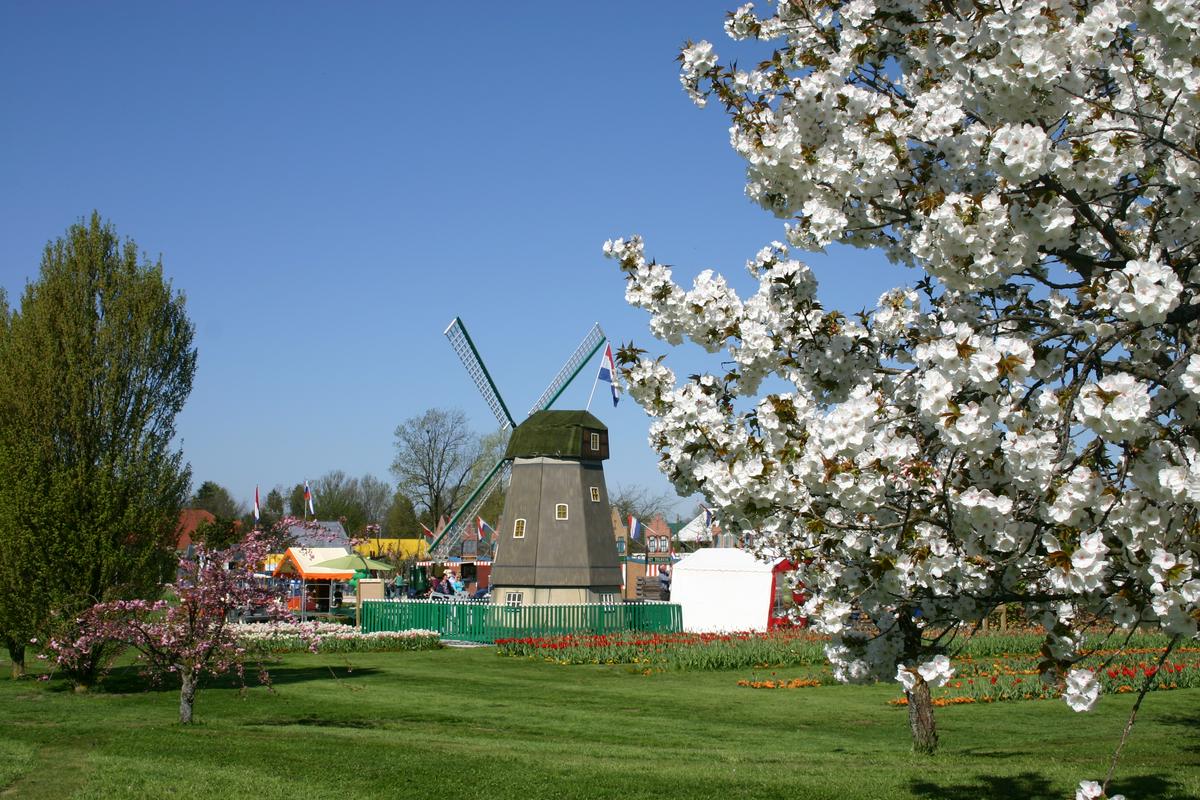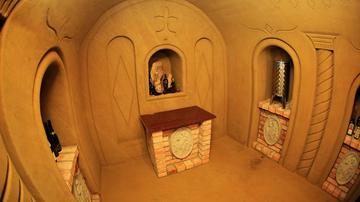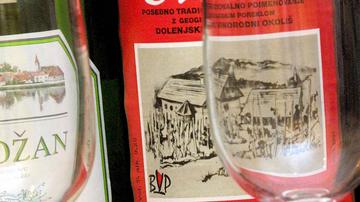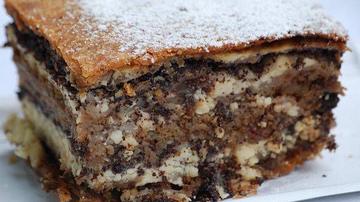
To the west of Ljubljana, amid once sleepy villages now beginning to be engulfed by suburban sprawl, lies an exceptional park. Part of it is a dense forest; another part consists of several romantic duck ponds, while some areas resemble the gardens of a French chateau.
This is the Volčji Potok Arboretum, for years the home of exotic trees and flowers and a popular weekend destination for residents of the capital. However, the relaxing beauty of Volčji Potok gives little indication of the park’s colorful and often sad history.
The name Volčji Potok – meaning “Wolves’ Creek” in Slovenian – alludes to the wildness of the area in the distant past. According to legend, this part of the Ljubljana Basin once had a large population of wolves, which were feared by the local population. By the Middle Ages, however, Volčji Potok was a prosperous county estate and a manor stood adjacent to the once mysterious woods. During the era of the Turkish incursions, when Ottoman forces frequently attacked the Christian population of modern-day Slovenia, the estate even included a vast hilltop fortress.
Throughout the centuries, the estate and the manor passed from one noble family to another, until they were bought by the Souvan family in 1882. The Souvans, merchants from Ljubljana, ended up creating Volčji Potok as we know it today. Shortly after acquiring the castle, Ferdiand Souvan I remodeled the manor, but he left his biggest mark on the surround property. He planted various different types of trees and created a magnificent 19th-century park.
But the legacy of Ferdinand’s son Leon is even greater. The younger Souvan decided to make Volčji Potok a showcase of exotic plant species. He planted trees from around the world – Europe, Asia, North America, and beyond – to create Slovenia’s first arboretum. He also set up a system of ponds, some surrounded by native vegetation, others resembling the minimalist fishponds of a Japanese garden.
The park soon resembled a scene from an Impressionist painting. In fact, several Slovenian painters came to the Souvan estate to create their dreamy Impressionist landscapes. Like Monet’s garden, the estate offered a serene respite from the bustle of a rapidly industrializing society. It seemed that time at Volčji Potok stood still.
World War II changed all that. During the conflict, the German authorities expropriated the manor and set up a vocational school on its premises. In 1944, the building was occupied by members of the Partisan resistance, who looted the manor and then burned it down. Centuries of history was destroyed in an instant.
Worse was to some for the Souvan family. After the war, Communist authorities declared the manor and the surrounding property to be state-owned property. In recognition for Leon Souvan’s contribution to the park, they allowed him to stay at Volčji Potok until his death in 1949, but the estate was lost. In 1952, the park was taken over by the University of Ljubljana, and Volčji Potok is now run by the Ministry of Culture.
Today, the park looks much as it did in Leon Souvan’s day. Visitors enter the Volčji Potok estate through a magnificent tree-lined walkway surrounded by intricate French gardens. Other parts of the park are laid out in the English style, and visitors can admire no fewer than 2500 different species of trees and shrubs from around the world, ranging from rare maples to fragrant rhododendrons. Combined with the relaxing ponds interspersed throughout the park, Volčji Potok offers a true respite from modern city life just a short drive away. Souvan’s passion for plants lives on in the form of Volčji Potok’s own institute, which cares for the park’s greenery, runs a nursery, and carries on botanical research.
What is conspicuously missing from Volčji Potok, however, is the old mansion. After it was burned down in the war, it was never rebuilt. A plan to move an old building from Ljubljana to Volčji Park in the 1960s was never realized, as only bits and pieces of the ill-fated building were brought to the park. Today, only a conspicuously empty space reminds visitors of a palatial building that once crowned Slovenia’s most attractive park.


































































